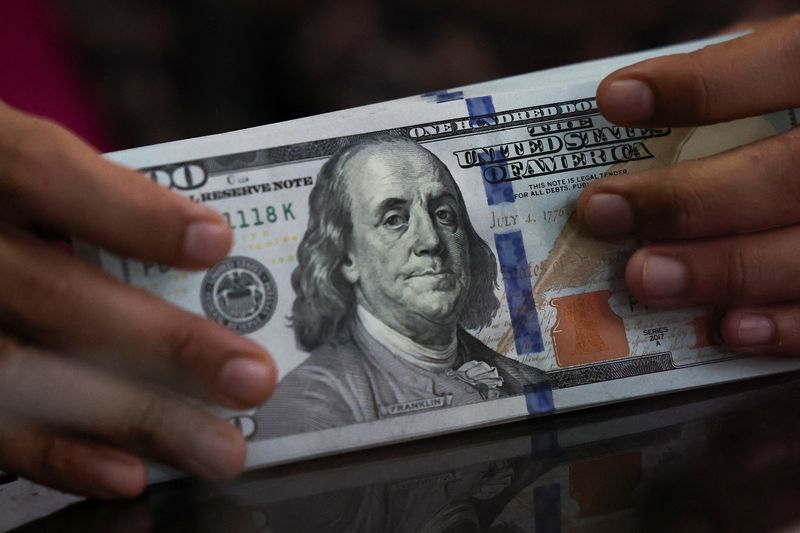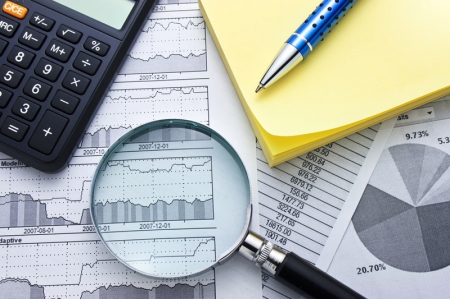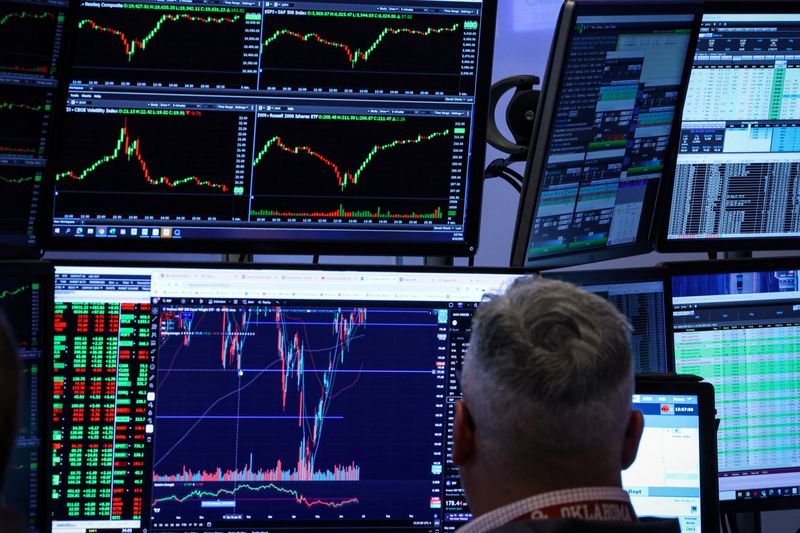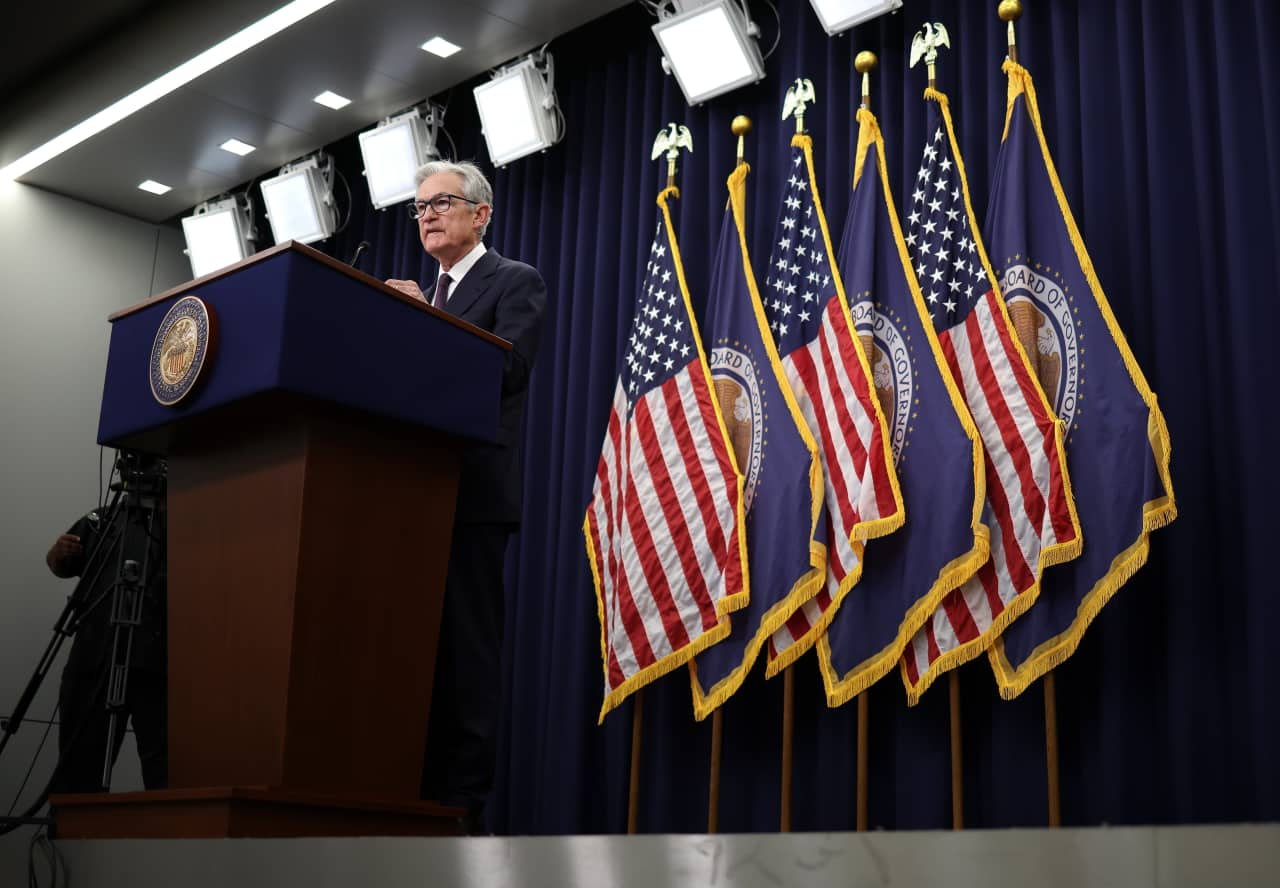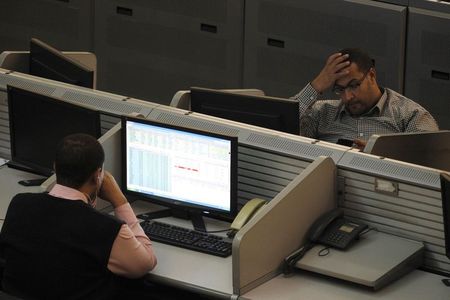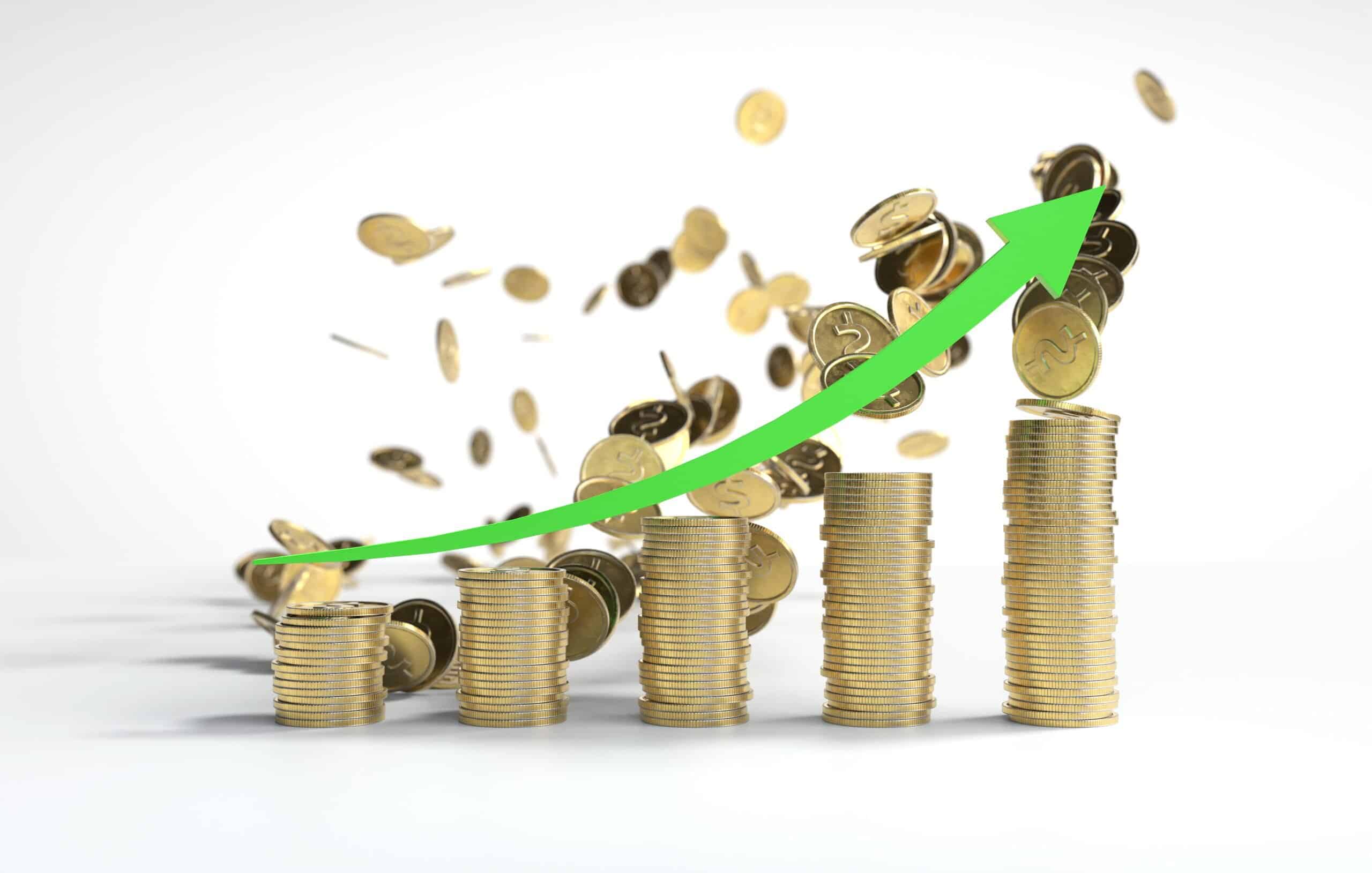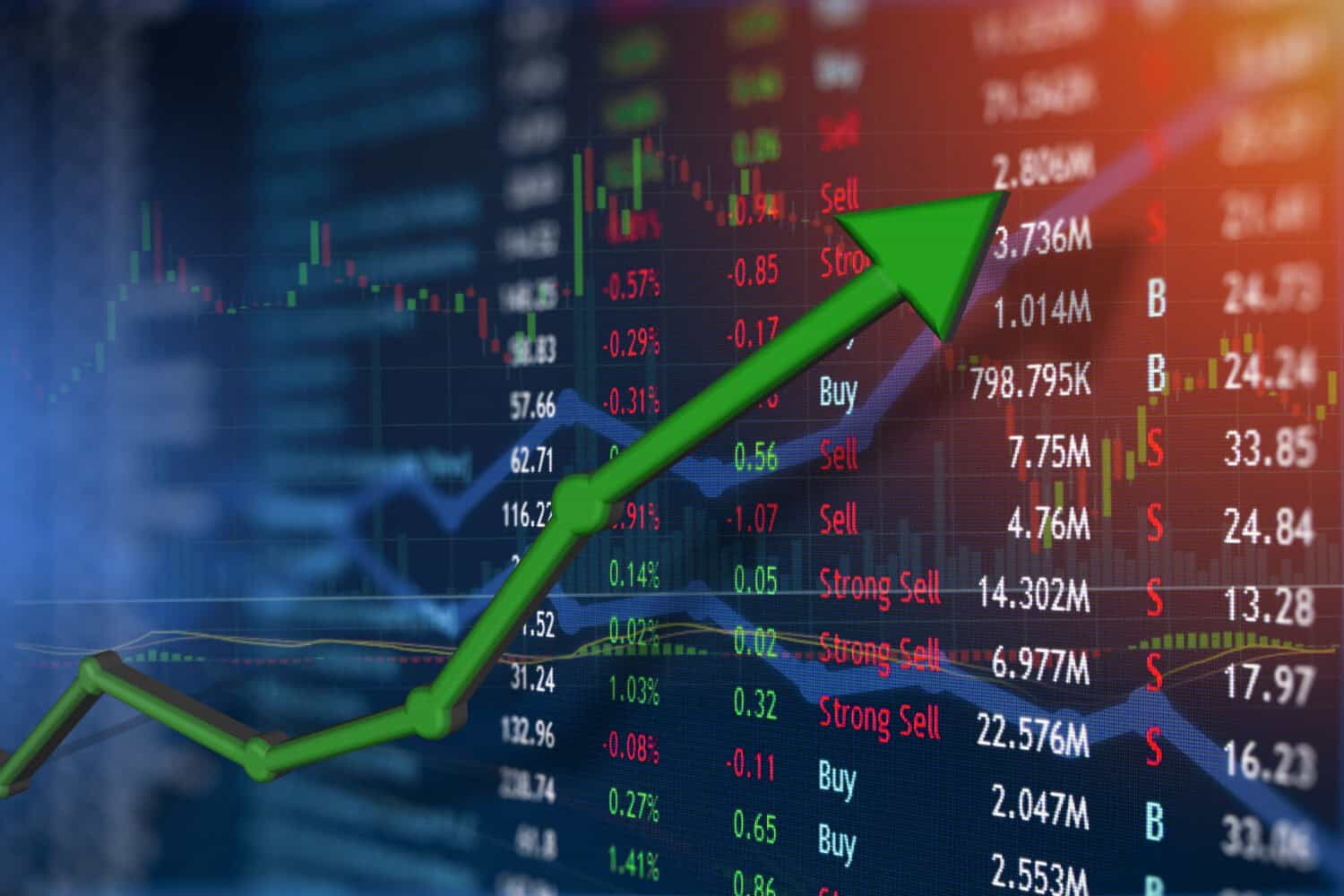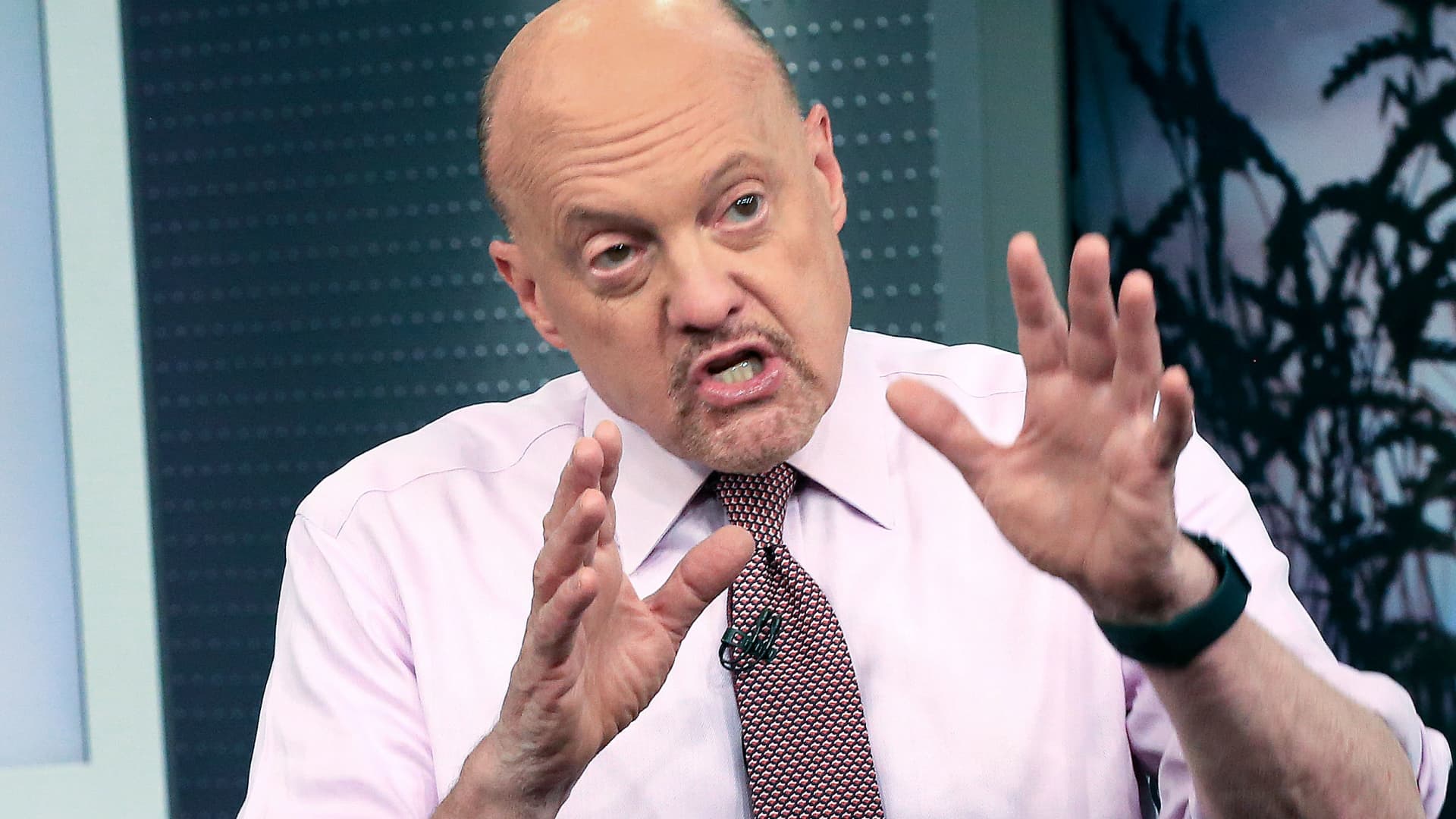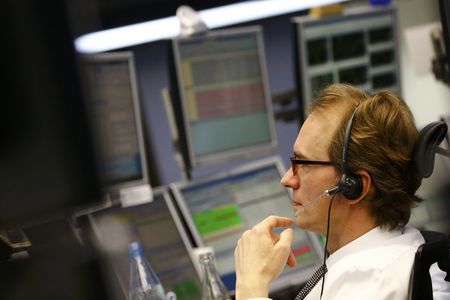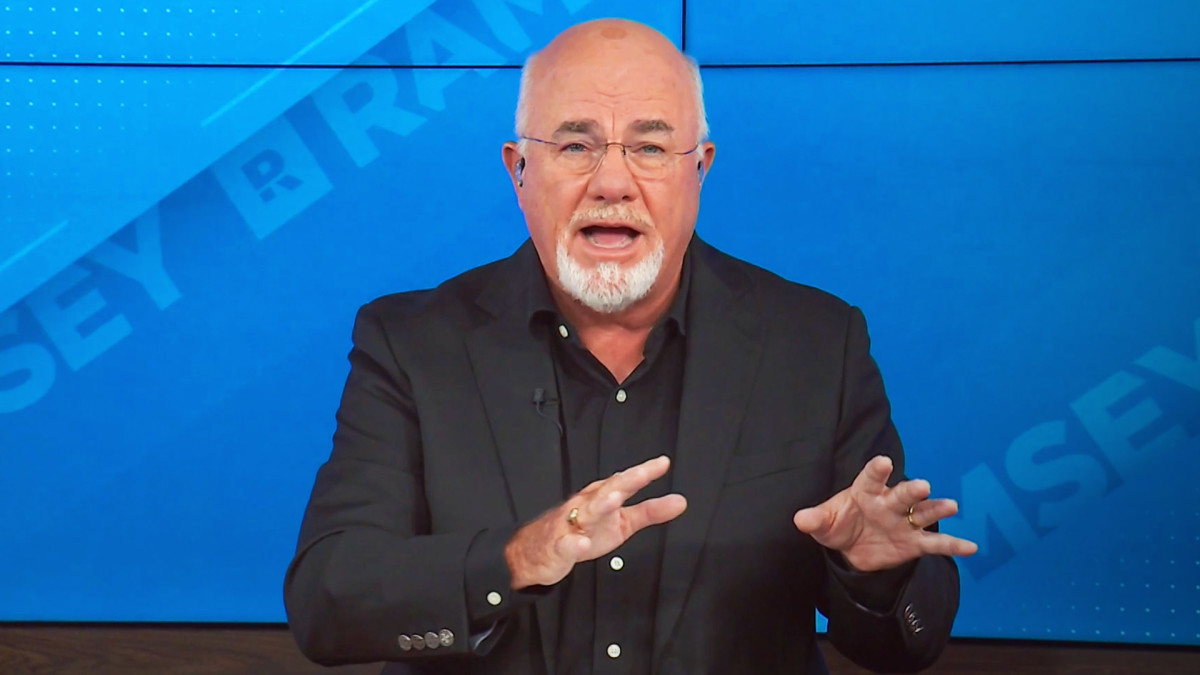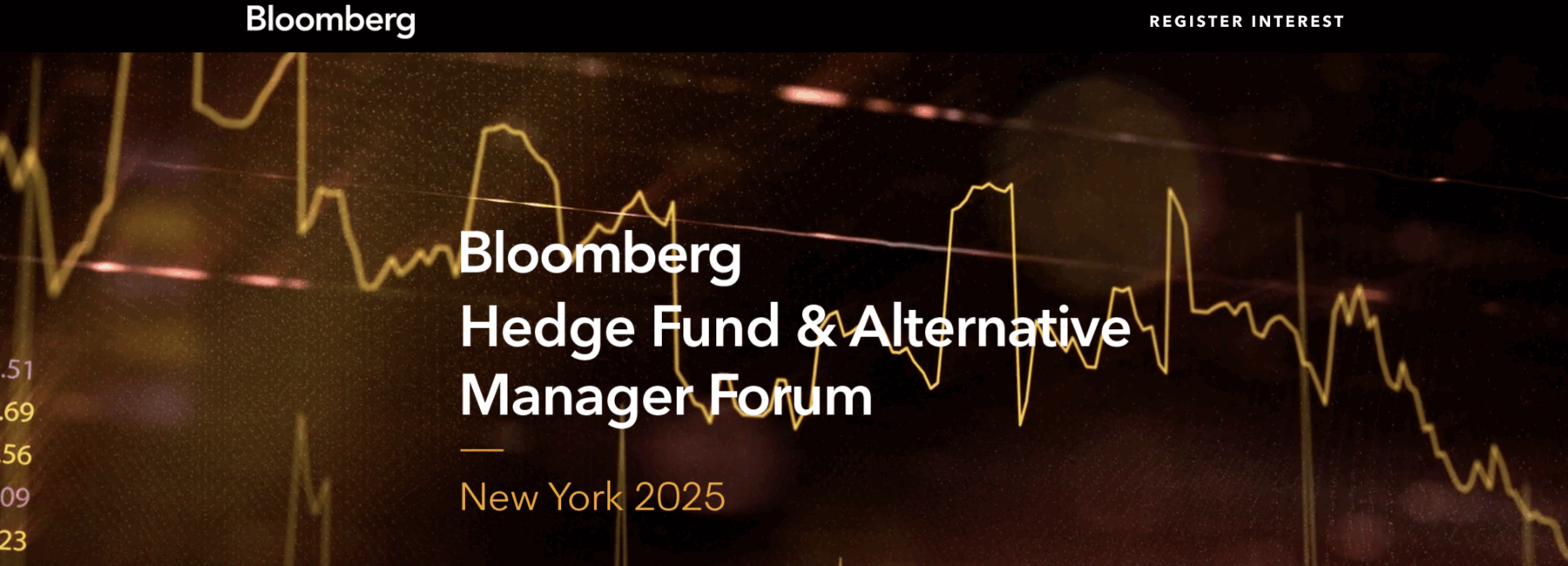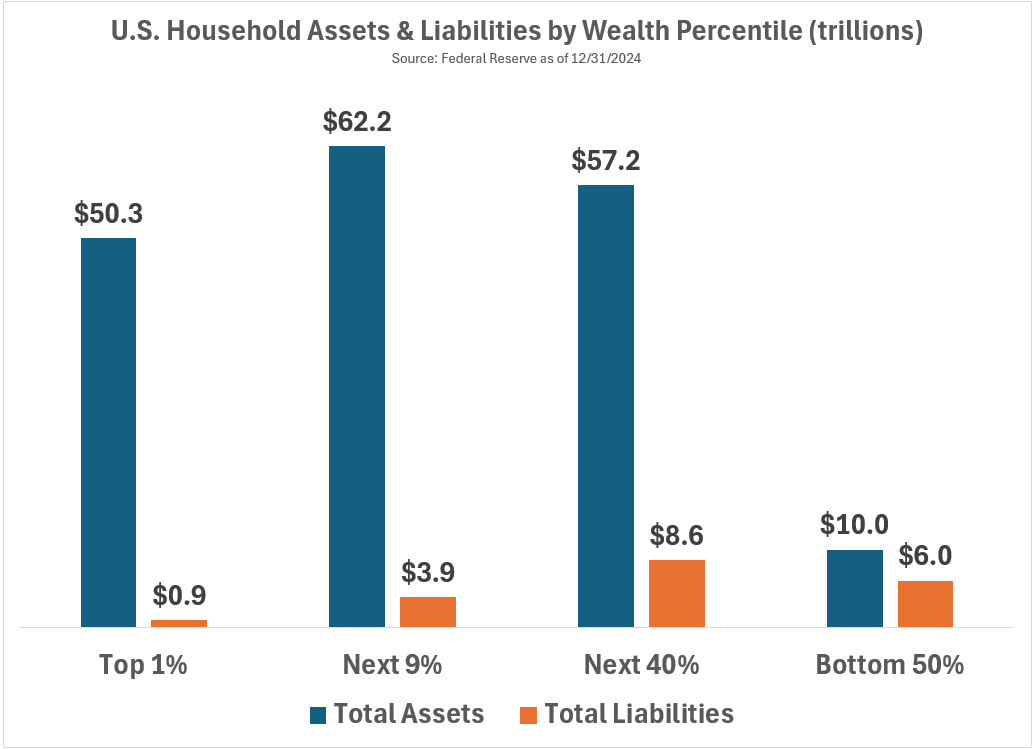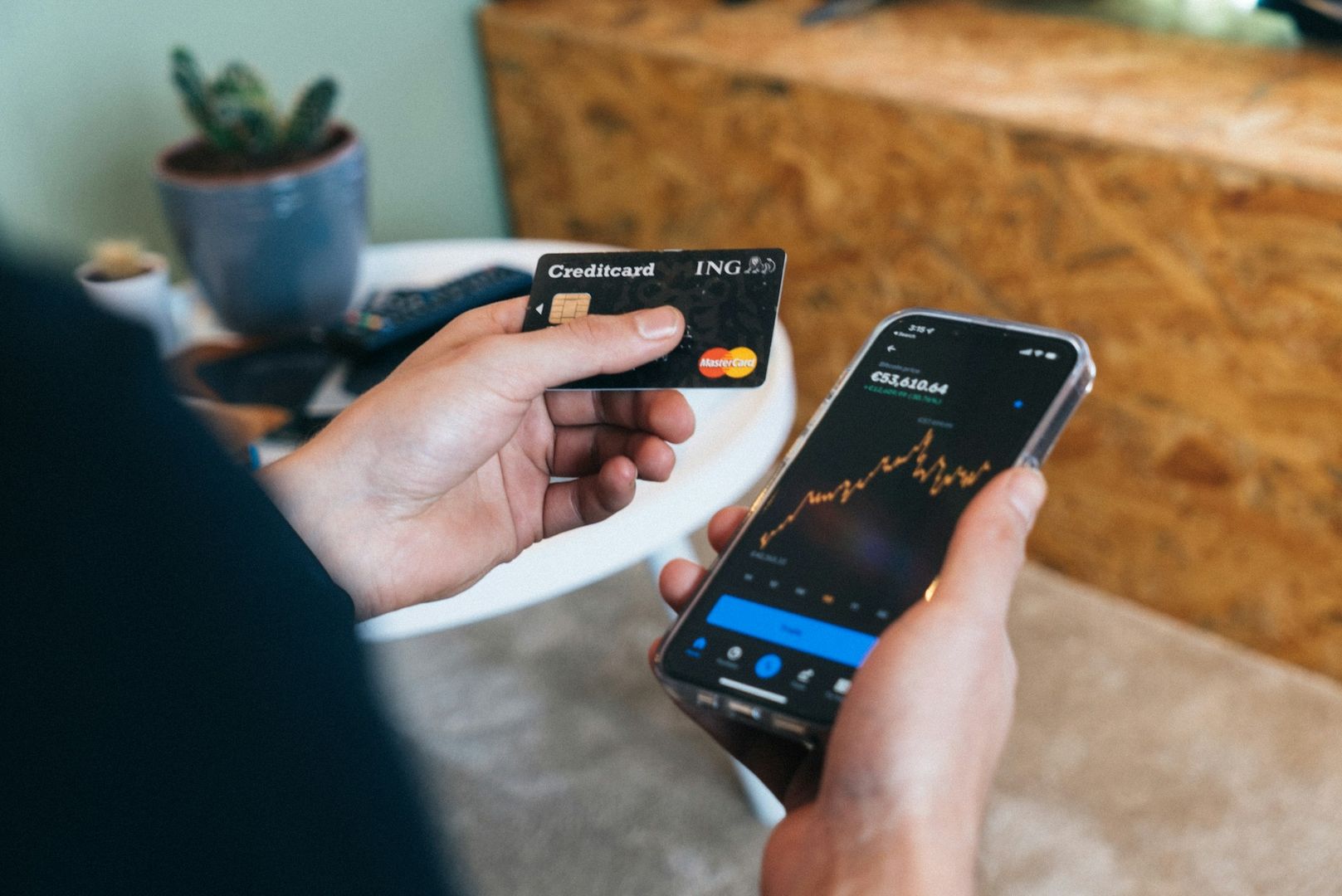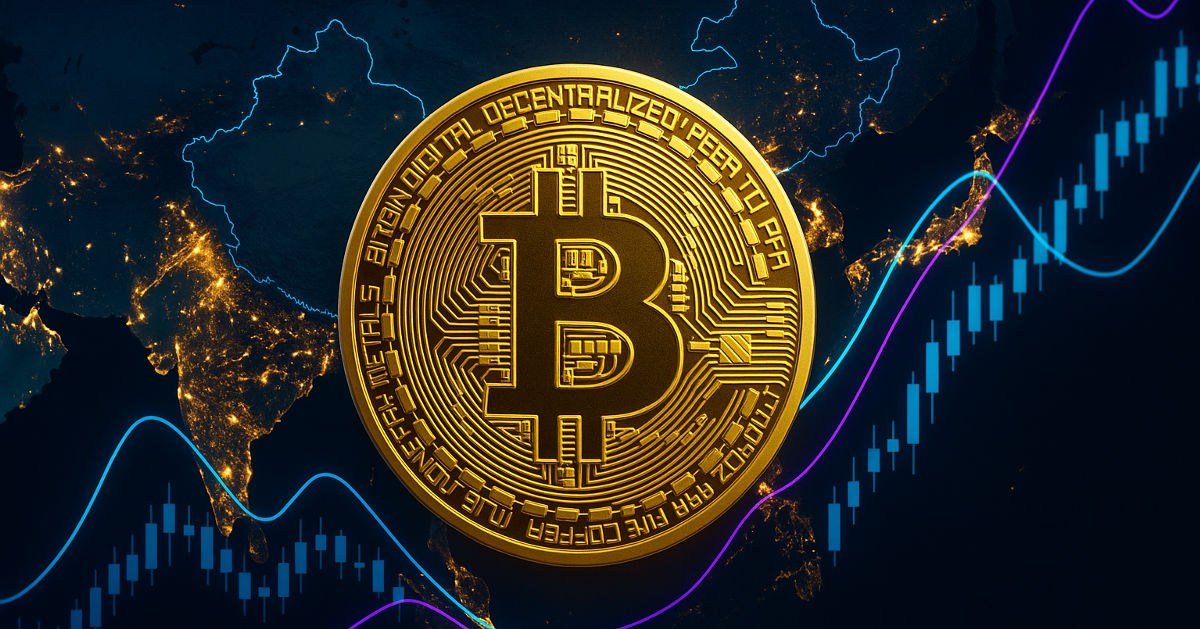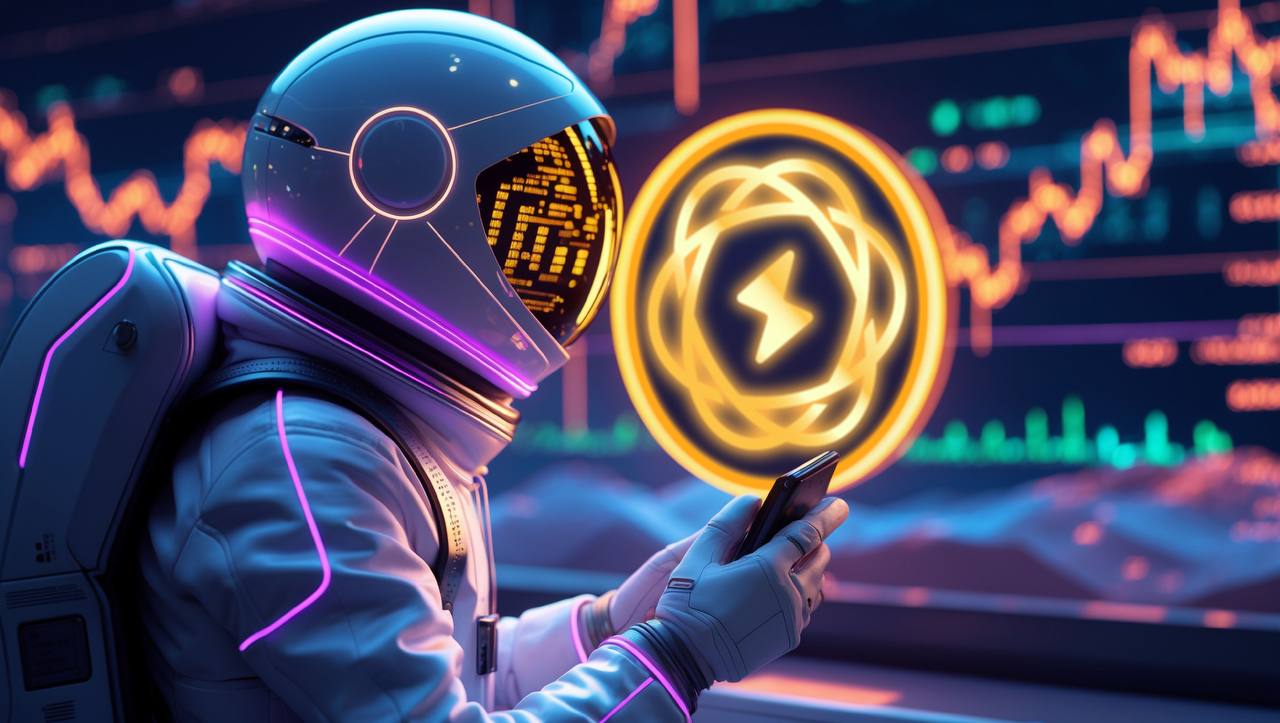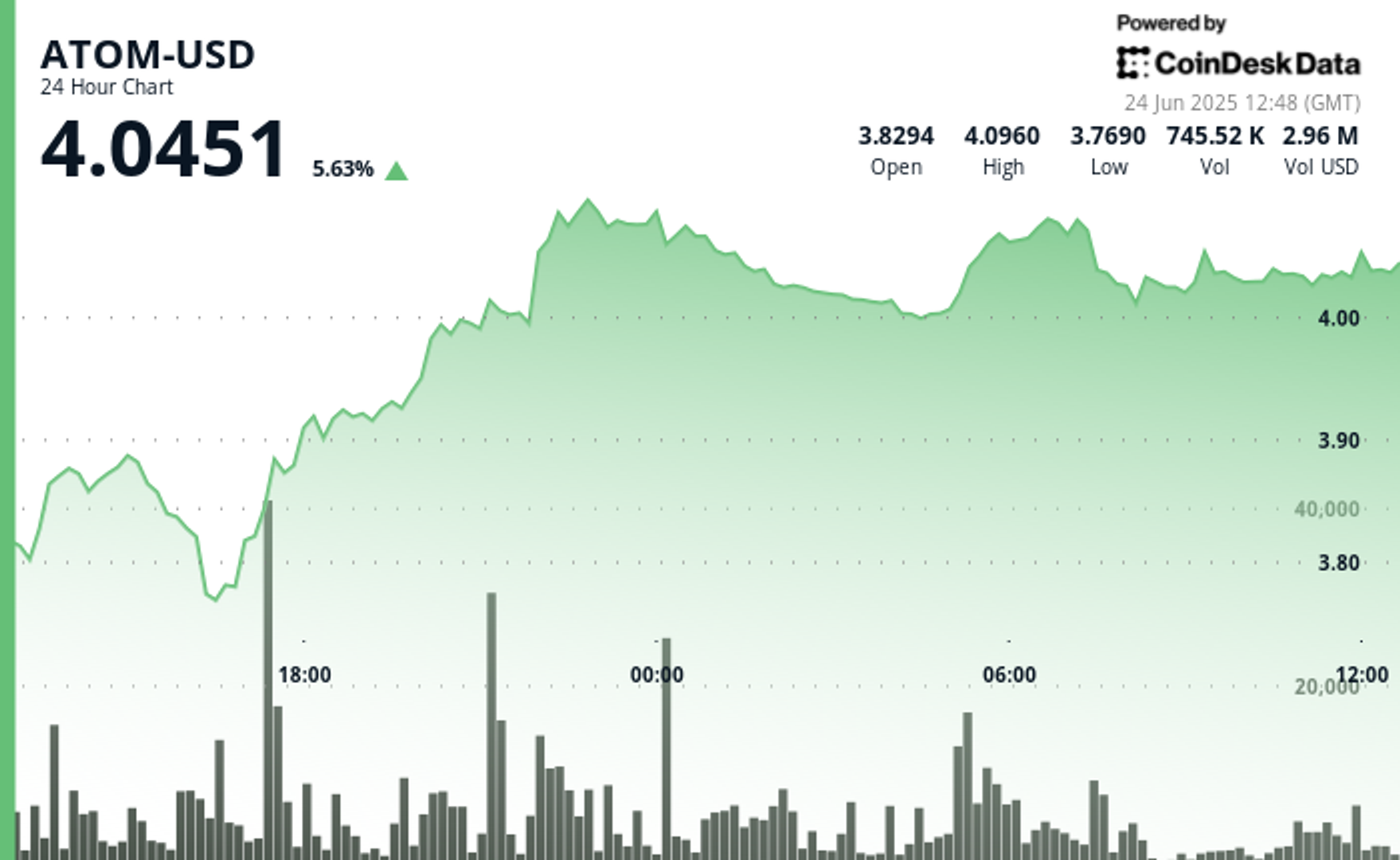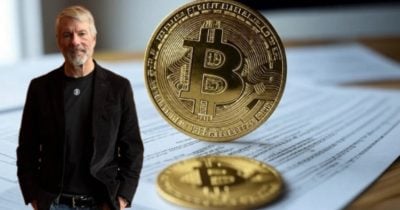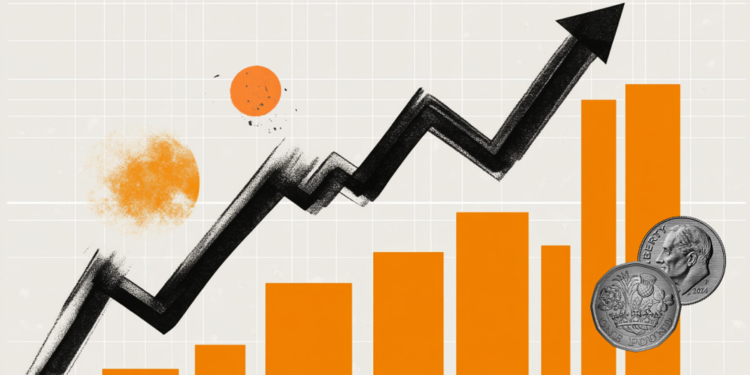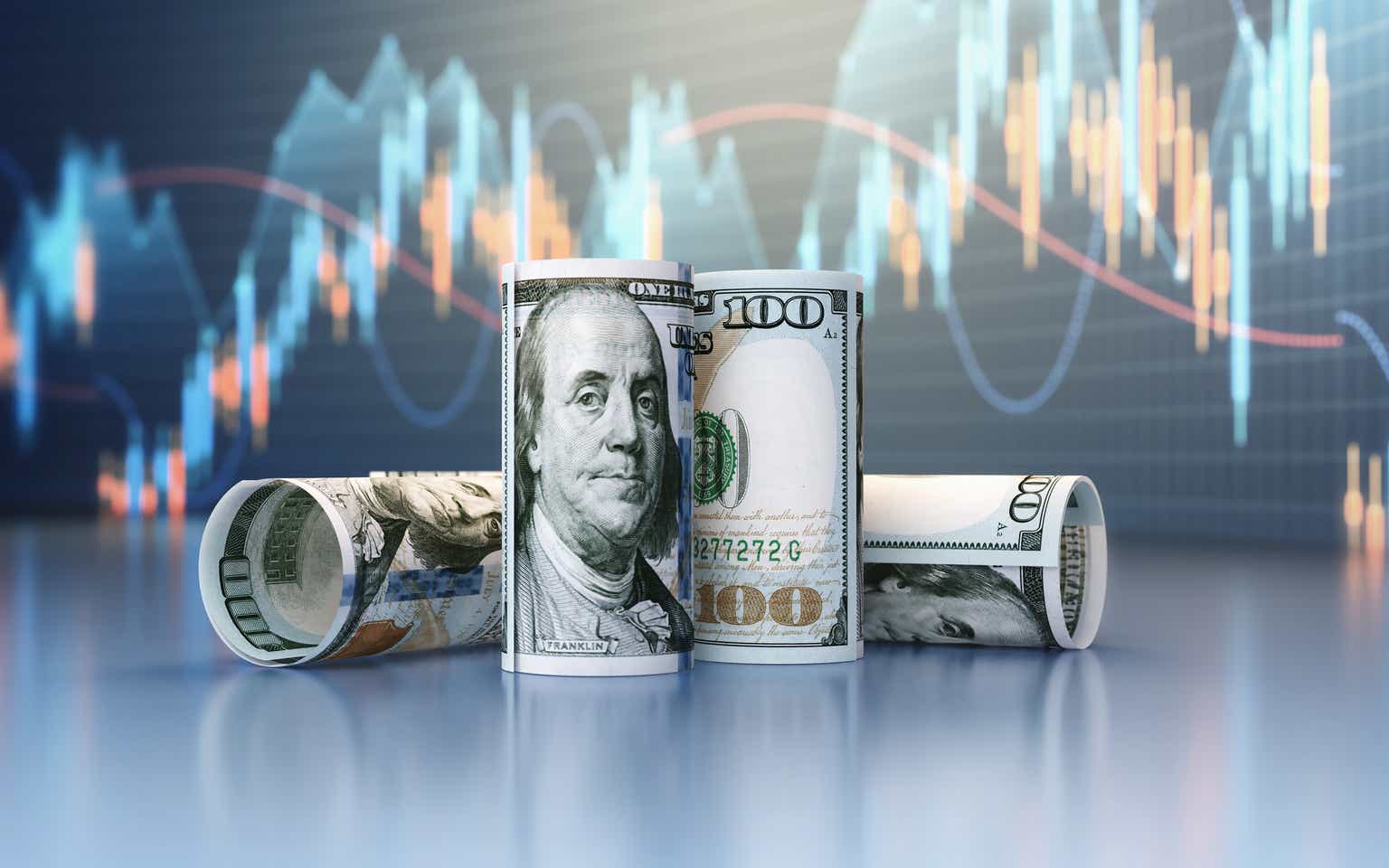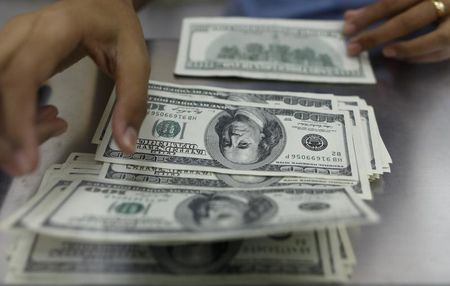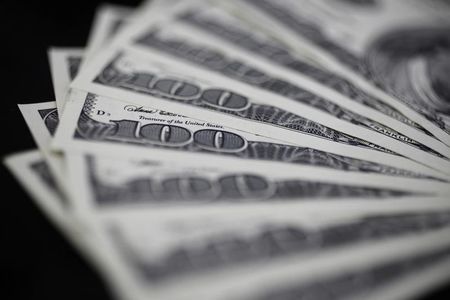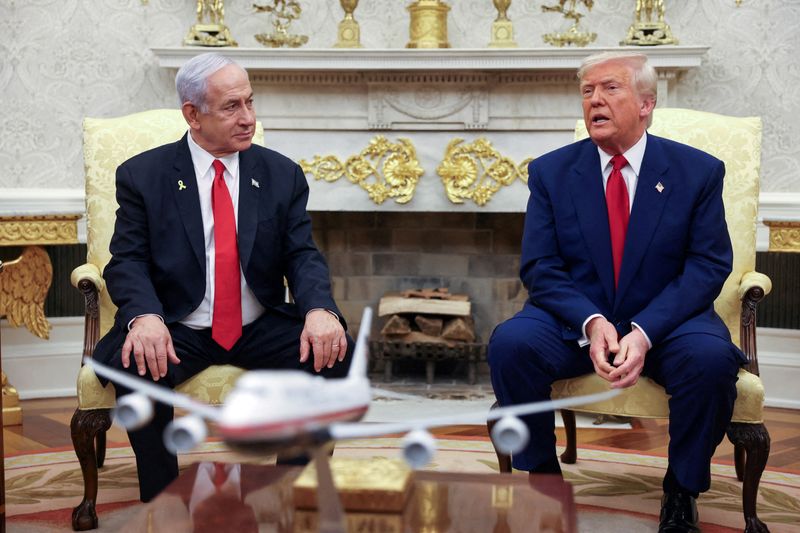The U.S. dollar’s decline has room to run, but the AI boom could stop it
Investors betting on U.S. AI leadership could soften the blow of waning dollar dominance, allowing America to go from “hyper exceptional to merely exceptional.”

- Many on Wall Street believe the greenback’s decline has been a long time coming, and shorting the dollar has become one of the world’s most popular trades. Foreign equities tend to outperform U.S. stocks when the dollar is weaker, but the AI trade may continue to fuel demand for American assets.
Betting against “American exceptionalism” hasn’t paid well for over a decade. The dollar’s big drop this year might change that.
Many on Wall Street—and in the White House—believe the greenback’s decline has been a long time coming. Heading into 2025, American currency had appreciated more than 50% from its lows during the Great Financial Crisis, according to JPMorgan Private Bank, and dollar strength helped U.S. stocks become the envy of the world.
A weaker greenback now appears to be giving foreign equities a chance to catch up. But with America still the primary hub of the AI revolution, at least for now, U.S. assets could be primed to buck historical trends and snatch the lead right back.
Still, President Donald Trump’s chaotic tariff rollout may have ushered in a new era for the dollar. Earlier this month, it was down 10% year to date against the basket of currencies in the famous DXY index. That’s the steepest loss for the greenback in the first half of the year, per Reuters, since 1986, shortly after the U.S. and several allies had reached an agreement, known as the Plaza Accord, to devalue a wildly overpriced dollar.
And while there has been a slight recovery amid the conflict between Iran and the Israel-U.S. alliance, investors haven’t come close to making up for the exodus since “Liberation Day” in early April. That suggests the so-called “Sell America” trade still has legs, Bill Sterling, global strategist at GW&K Management, told Fortune last week.
“In the scheme of things, there’s ample room for the dollar to decline further,” said Sterling, formerly the chief international economist at Merrill Lynch.
If tariffs continue to weigh on America’s growth outlook, U.S. assets become less appealing. And while it doesn’t seem the dollar will be replaced as the world’s reserve currency anytime soon, it may no longer command the same amount of confidence.
Over the last few decades, Sterling noted, foreigners have funded America’s exploding deficit by purchasing U.S. assets, whether that be stocks, Treasury bonds, dollars, and the like. While the GOP’s “Big, Beautiful” spending bill doesn’t seem poised to change the national debt’s trajectory, it does include provisions set to hike taxes on foreign capital from several key trading partners.
“At a time when we have a deficit-to-GDP ratio of 7% and need foreign capital to help fund that deficit,” Sterling said, “to be actively considering measures to discourage capital inflows is almost a recipe for a weak dollar.”
In his view, rapid policy shifts in Washington have prompted a long-awaited correction to an overvalued dollar. He and many others point to purchasing power parity, a framework that assumes exchange rates, in the long run, should allow a given amount of money to purchase the same amount of goods and services in any country.
Popularized by The Economist’s Big Mac Index, there are plenty of reasons why this concept often doesn’t play out in the real world. Data from the International Monetary Fund showed the dollar was 105% overvalued on a purchasing power basis last year, topping previous peaks in 1985 and 2002, Sterling wrote in a recent research note.
However, such an imbalance can’t exist forever, he said, and the ball may now be rolling. According to Bank of America’s monthly fund manager survey, shorting the U.S. dollar has become one of the world’s most popular trades—but over 60% of respondents still said the greenback is overvalued.
“And once a trend gets established,” Sterling said of currency markets, “it can sometimes feed on itself.”
Will AI sustain ‘American exceptionalism?’
If the dollar’s decline persists, it will have major implications for economies around the world—and Americans’ stock portfolios.
Since the Global Financial Crisis, U.S. equities have far outperformed the rest of the world. Foreigners have responded by pumping money into America and now own 18% of the U.S. stock market, according to Apollo chief economist Torsten Sløk.
Those trends could reverse, however, if dollar weakness pushes investors to allocate more money elsewhere. When Americans purchase foreign stocks and see the greenback decline, Sterling noted, their returns can get a significant boost.
Meanwhile, Trump-fueled trade tensions seem to be forcing both developed countries (like Germany) and emerging economies (such as China) to focus on stimulating domestic demand, he said, something equity markets tend to reward.
He pointed out how Japanese markets responded to the Plaza Accord, which caused the yen to surge dramatically against the dollar.
“That was considered kind of a hammer blow to its export industries,” he said. “But the Japanese stock market was one of the strongest markets in the world in the entire second half of the [1980s] because they brought interest rates down very aggressively.”
The comparison may be timely with several voices in the Trump administration, including Vice President JD Vance and key economic advisor Stephen Miran, previously making the case for a weaker dollar to boost the competitiveness of U.S. exports. Miran has even talked about a potential “Mar-a-Lago Accord” to orchestrate another devaluation of the greenback.
That type of deal might be unrealistic, but currency markets look like they are doing the work themselves. In the meantime, many foreign stock markets are more than weathering tariff uncertainty.
Hong Kong’s Hang Seng Index, for example, is up over 20% this year, compared to the nearly 3% gain for the S&P 500 year-to-date as of Monday’s close. The S&P Latin America 40, meanwhile, has quietly surged by 20%.
Sterling acknowledges a massive caveat to his argument about a weakening dollar, however. There’s plenty of optimism—perhaps well placed, he added—about the AI trade, which many believe is still in its early stages. It would be shocking if American leadership in that space disappears anytime soon, regardless of what happens with U.S. trade and economic policy.
That means investors will need plenty of dollars, preventing the greenback from falling precipitously.
“Maybe U.S. exceptionalism is still the main story in the global economy for the next five years,” he said, “even though the tariffs and all the related sort of policy measures that have diminished U.S. standing have taken us from being hyper exceptional to merely exceptional.”
But tech leadership hasn’t always guaranteed superior equity returns, especially when the dollar is relatively weak. From February 2002 to July 2011, the MSCI EAFE index, covering large and mid-cap companies in developed markets outside North America, nearly doubled in value, Sterling noted. The S&P trailed significantly, gaining just over 40% in that span.
This story was originally featured on Fortune.com





